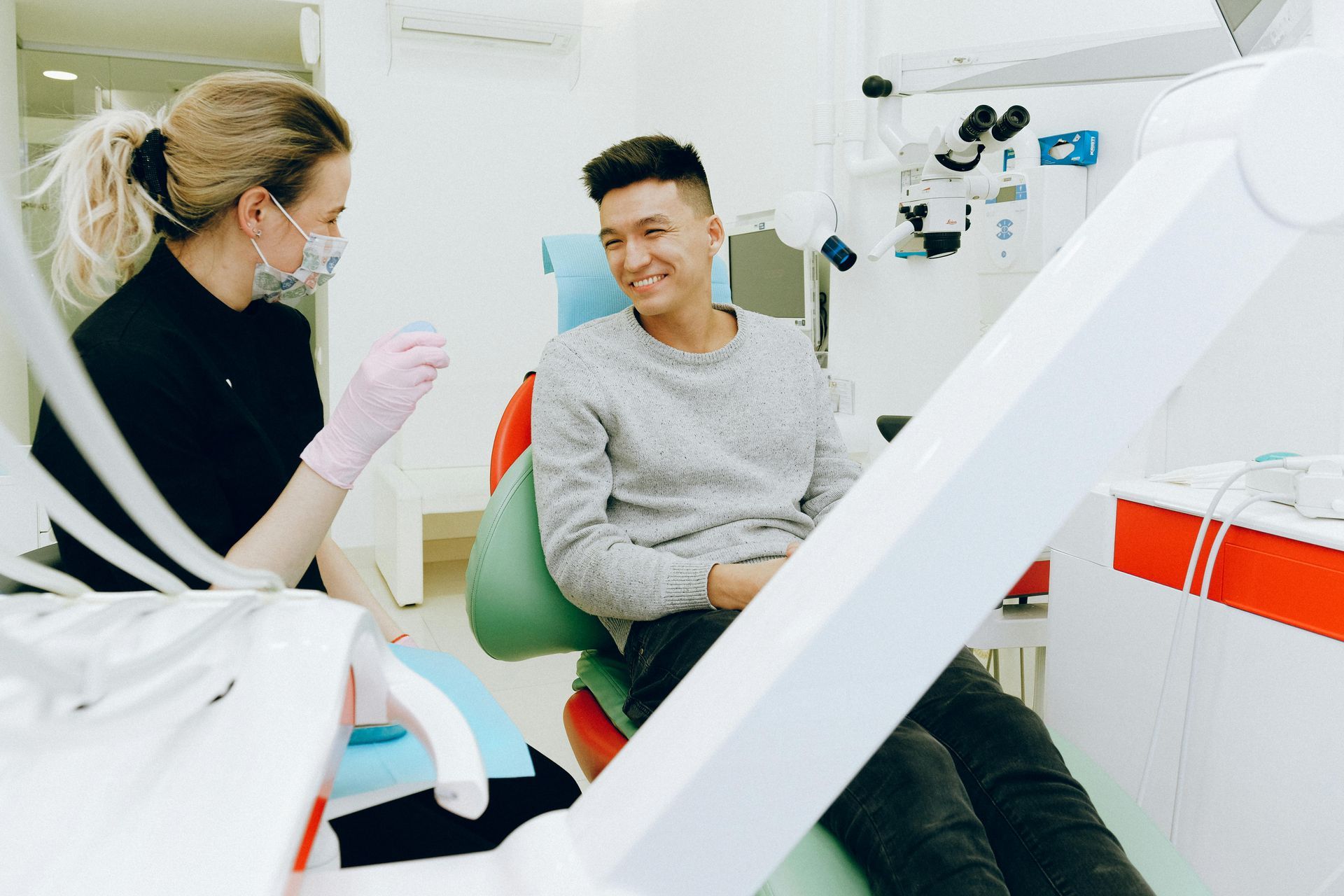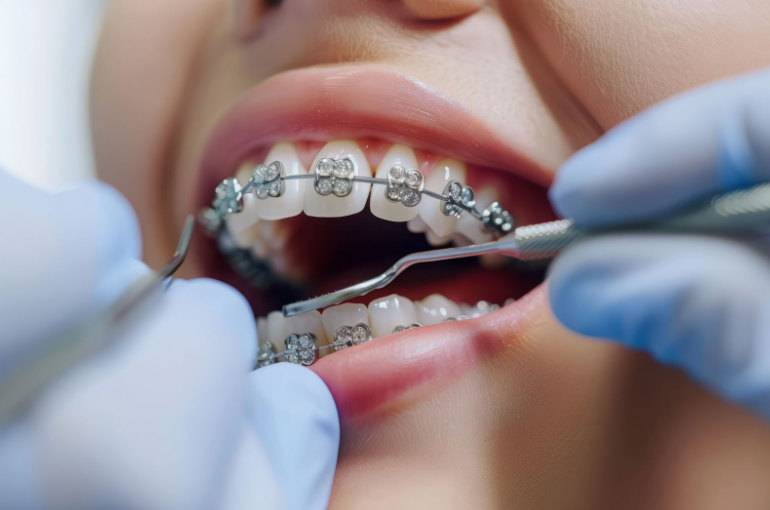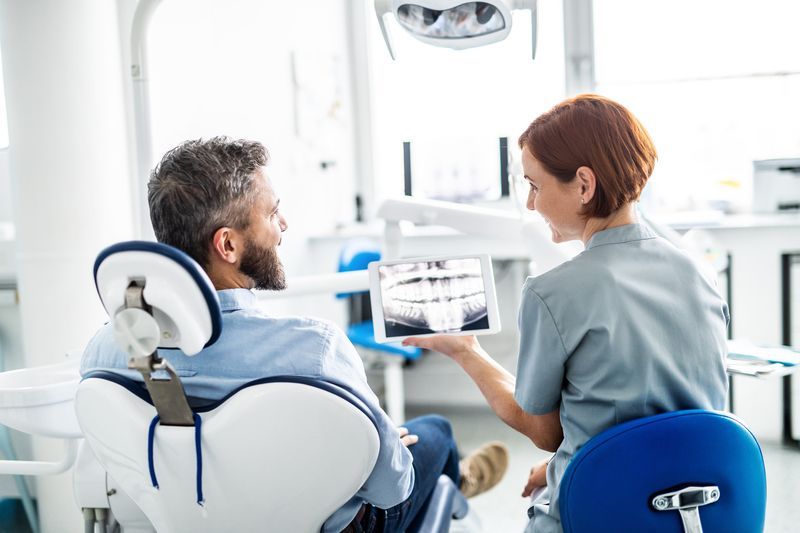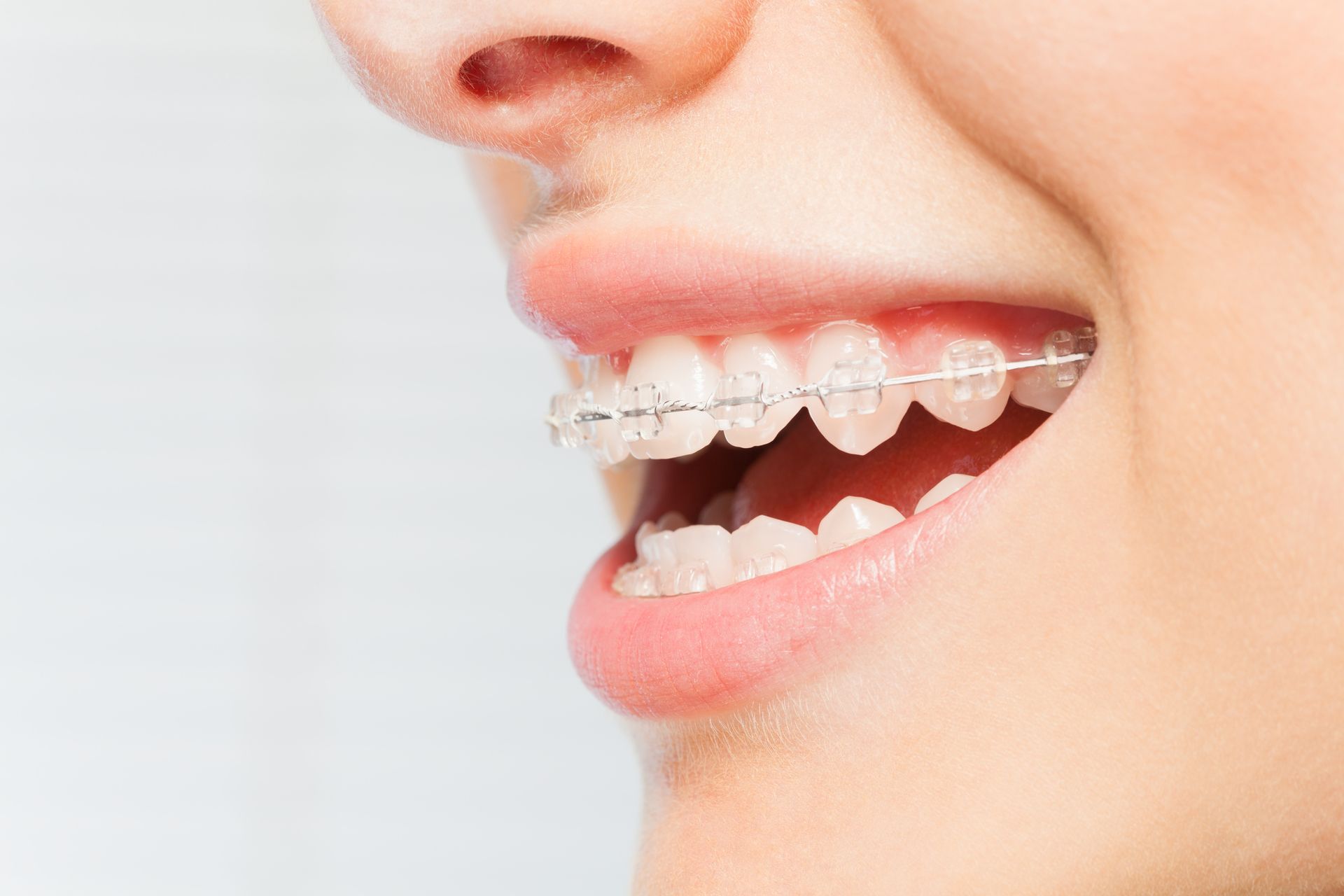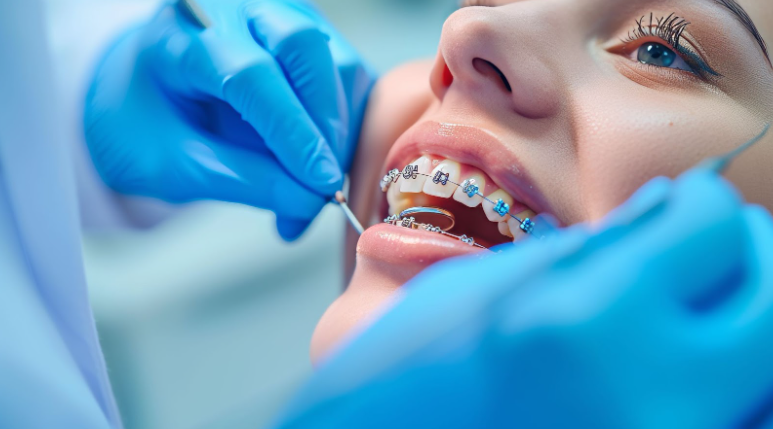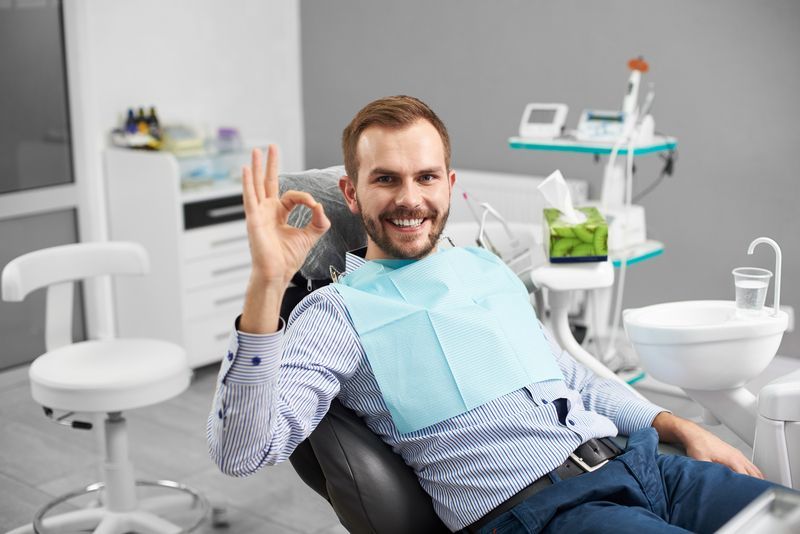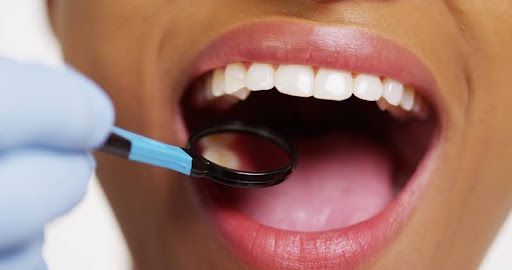Clear Aligners vs. Traditional Braces: Finding Your Best Fit
When it comes to orthodontic treatments, aesthetics play a significant role in the decision-making process. With advancements in orthodontics, patients today have the choice between clear aligners and traditional braces, each with its own visual impact on the wearer's appearance.
Clear Aligners
Clear aligners, often made of transparent plastic, are designed to blend in with the natural color of the teeth, rendering them nearly invisible to the casual observer. This discreteness is particularly appealing to adults who may be self-conscious about the appearance of braces in a professional setting. Thanks to material science innovations, clear aligners have become even less noticeable, offering an attractive option for those prioritizing aesthetics in their orthodontic treatment.
Traditional Braces
Traditional metal braces, on the other hand, are more visible due to the metal brackets and wires. However, for those who are less concerned about visibility and for certain treatment needs, traditional braces continue to be a viable and effective choice. For a subtler look, clear brackets offer a less visible alternative. Despite their visibility, traditional braces have become a cultural norm, especially among children and teenagers, and are often viewed as a rite of passage into adolescence.
Comfort and Convenience
Comfort and convenience are critical components of the orthodontic treatment experience, influencing a patient's daily life over the course of treatment.
Clear Aligners
The design of clear aligners allows for easy removal before eating and cleaning, providing convenience and maintaining oral hygiene with minimal hassle. Advances in aligner technology have made them more comfortable than ever, reducing incidents of mouth irritation often associated with the brackets and wires of traditional braces.
Traditional Braces
Conversely, traditional braces are fixed to the teeth and may require adjustments to one's diet and oral care routine. While there is potential for discomfort, particularly following adjustments, contemporary orthodontic practices have made significant strides in improving the comfort of braces through innovative designs and materials.
Treatment Time and Effectiveness
The efficiency of an orthodontic treatment is measured not just by the time it takes to achieve the desired results, but also by the effectiveness of the treatment for various dental issues.
Clear Aligners
For certain dental alignments, clear aligners can work expediently to correct teeth positioning, particularly when the patient adheres strictly to the wear schedule prescribed by their orthodontist. In some cases, clear aligners can move teeth more quickly than traditional methods, although this varies widely based on individual circumstances.
Traditional Braces
Traditional braces have a long history of effectively correcting a wide array of more complex orthodontic issues, including significant bite misalignments.
Suitability for Dental Problems
The suitability of clear aligners versus traditional braces can vary significantly depending on the dental issues at hand.
Clear Aligners
Known for their effectiveness in treating mild to moderate orthodontic concerns, clear aligners are adept at addressing issues such as slight overcrowding, gaps, and some bite discrepancies. However, they have limitations when tackling more complex bite problems or severe tooth misalignments, where the precise force of traditional braces might be necessary.
Traditional Braces
Traditional braces have been the long-standing solution capable of correcting a comprehensive range of dental issues, from simple to complex. They remain the go-to strategy for handling severe malocclusions and cases requiring significant tooth movement or the use of auxiliary appliances for jaw correction.
Lifestyle Considerations
Orthodontic choices can have a considerable impact on a patient's lifestyle. The adaptability of the treatment to a person's daily routine is as crucial as its effectiveness.
Clear Aligners
For individuals with active lifestyles, such as athletes, or those engaged in music or public speaking, clear aligners offer an unobtrusive alternative that doesn't interfere with their activities. This option necessitates a high level of commitment to wearing the aligners for the recommended 22 hours each day.
Traditional Braces
Though traditional braces are non-removable and thus eliminate the need for self-discipline regarding wear time, they can impose dietary restrictions and require additional care in maintaining oral hygiene. This option may be better suited for those who would struggle with the responsibility of a removable device.
Financial Investment and Insurance
An important aspect to consider when choosing between clear aligners and traditional braces is the financial investment and the role of insurance in offsetting costs. Generally, clear aligners are perceived as being more expensive than traditional braces, but prices have become more comparable with advancements in technology. Many insurance plans that cover orthodontic treatment also provide benefits for clear aligner therapy, making it a realistic option for a wider range of budgets.
Conversely, traditional braces are often covered by dental insurance policies, potentially making them a more cost-effective choice for families. Both treatments are viewed as valuable long-term investments in dental health, and many orthodontic practices, including those in Omaha, Fremont, and Elkhorn, offer flexible payment plans to help manage the expenses associated with achieving a healthier, more attractive smile.
Conclusion
Choosing the right orthodontic treatment is a decision that goes beyond aesthetics, as it will affect daily comfort, treatment duration, and overall satisfaction with the results. Both clear aligners and traditional braces have evolved, providing more efficient and comfortable treatments than ever before. The best course of action is to engage in an open discussion with an orthodontist who can provide guidance tailored to the specific needs, dental conditions, and lifestyles of their patients.
Every orthodontic journey is unique, and while one person may find the flexibility and discreteness of clear aligners to be the perfect fit, another may benefit from the robustness and precision of traditional braces. Ultimately, the success of an orthodontic treatment lies in selecting an option that aligns with personal circumstances and treatment goals.
Author Bio/Practice Overview
At the heart of McAllister Orthodontics is Dr. Paul McAllister, an orthodontist with a passion for enhancing smiles in the West Omaha community and beyond. With a dedication to excellence rooted in continuous education and improved patient experiences, the practice stands as a beacon of personalized, state-of-the-art orthodontic care. From traditional metal braces to clear aligners, McAllister Orthodontics is equipped to offer treatment plans that are as unique as the patients who walk through their doors.
In collaboration with patients from Omaha, Fremont, and Elkhorn, Dr. McAllister crafts orthodontic solutions that foster confidence and promote superior oral health. McAllister Orthodontics warmly welcomes anyone looking to embark on a transformative orthodontic journey to connect and discover how advanced care can lead to a lifetime of beautiful smiles.
For those contemplating the next step in their orthodontic treatment, McAllister Orthodontics is ready to provide expert advice and comprehensive care. To explore which teeth straightening option might be your best fit, do not hesitate to
schedule a consultation and start the conversation towards achieving the smile you deserve.
